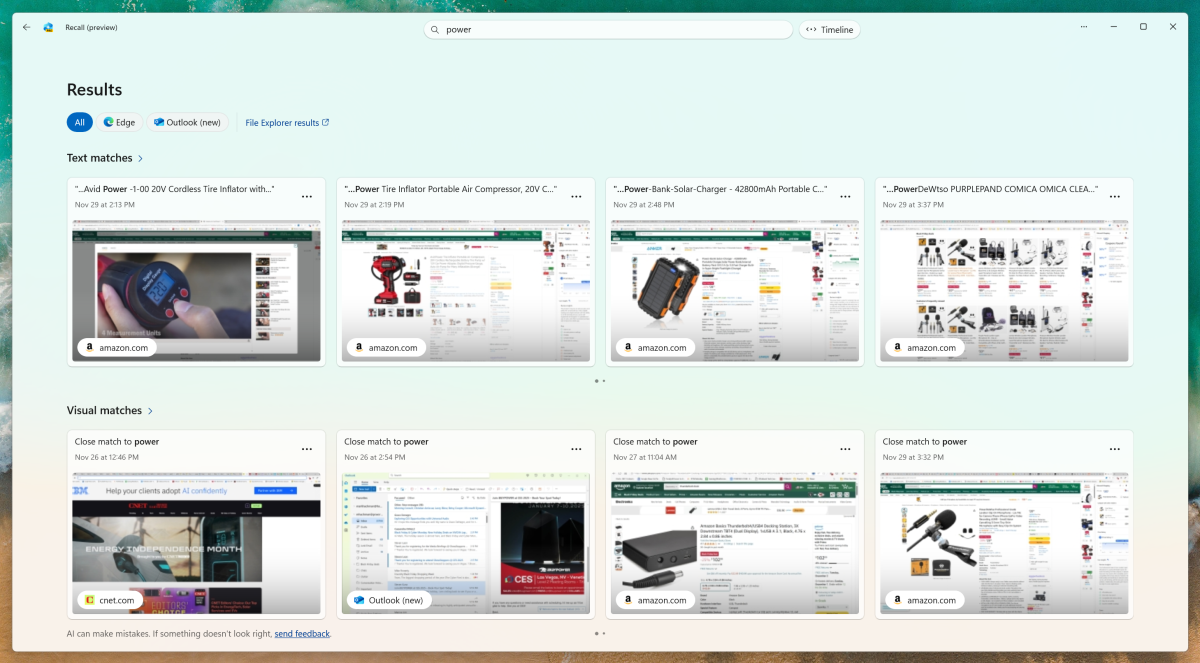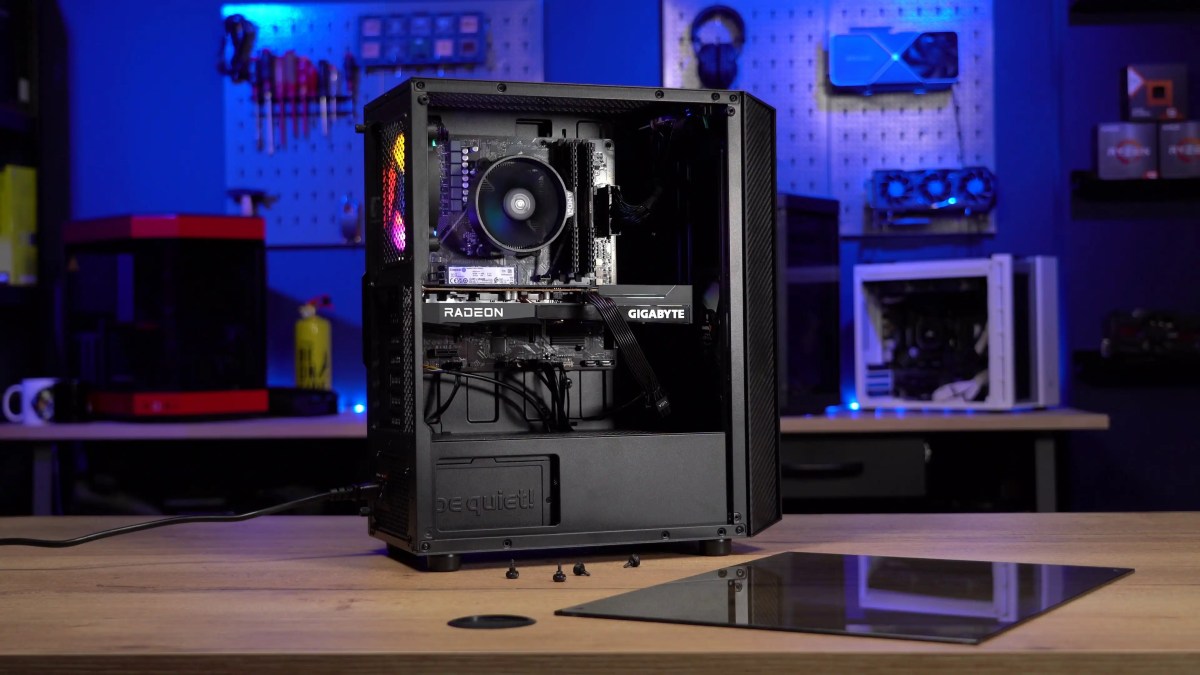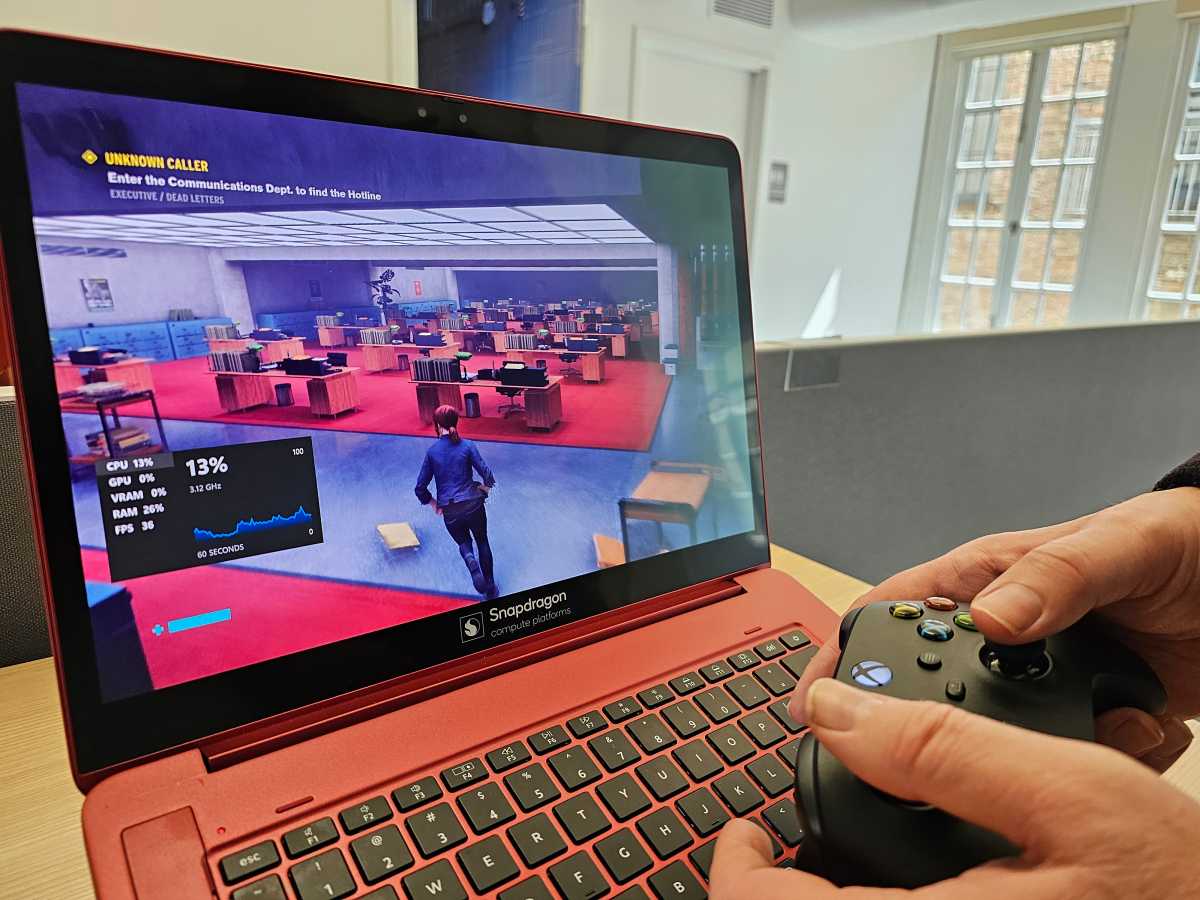A year ago, Microsoft hyped Copilot+ PCs as the next big thing. Twelve months later, it’s hard not to see them as one of the tech industry’s more significant flops.
The question is whether they’ll stay that way.
Many Copilot+ PCs began shipping on June 18, 2024, about a month after Microsoft announced the program at the company’s headquarters a month earlier. Acer, Asus, Dell, HP, Lenovo, Samsung, and Microsoft’s own Surface division committed to shipping Copilot+ PCs, whose centerpiece was a processor with an embedded Neural Processing Unit — the engine of AI — capable of 40 trillion operations per second, or TOPS.
A year later, the numbers are beyond grim. They’re abysmal. In 2024, shipments of Windows PCs with 40+ TOPS totaled just 0.5 percent of the total PC market, and 0.6 percent of all Windows PCs — 1.3 million units in total, researcher IDC found. In the first quarter of 2025, the firm says, that total nudged upwards to 1.9 percent of the entire PC market, and 2.3 percent of all Windows PCs sold during the period. That’s just 1.2 million units more.
“I think it’s a case where [a Copilot+ PC] looks interesting, but there’s not enough for me to spend the money on.”
Microsoft pitched a vision of the PC where AI would be the tool by which users would build, create, and search, using AI-powered apps like Paint Cocreator and Recall. “Today, we are bringing real joy and a sense of wonder back to creation on the PC,” Microsoft chief executive Satya Nadella said at the launch of the Copilot+ PC program at the company’s headquarters in Redmond, Wash.
Customers, however, simply haven’t bought in.

Mark Hachman / IDG
A cascade of negative events
Pick whatever reason you’d like about why Copilot+ PCs have been so slow to take off — there’s been quite a few of them. For one, PC makers have attached premium price points to Copilot+ PCs, said Bob O’Donnell, the president of TECHnalysis Research, which makes them less attractive than a cheaper model.
Another? A slow rollout. “One of the biggest issues has been that Copilot+ features have shipped much more slowly than anybody anticipated,” Tom Mainelli, a group vice president at IDC, said.
Microsoft’s “banner” feature, Microsoft Recall, was itself recalled — or at least put on hold several times until Microsoft secured it, Mainelli pointed out. “They didn’t do themselves any favors,” he said.

Mark Hachman / IDG
Microsoft also didn’t draw a sharp line between which features needed a Copilot+ PC and which didn’t. Microsoft’s none-plus Copilot chatbot — and ChatGPT, and Google Gemini — use the cloud, including for their ability to generate AI art. But similar features on Copilot+ PCs, like the Cocreator art feature in Paint, require a Copilot+ PC with its own NPU. Others, such as the ability to use AI to remove backgrounds in Photos and Paint, are available for all PCs. Copilot Vision, which is now live, was announced for all Windows 11 PCs but seemed to run better on a laptop with an NPU.
Microsoft also was forced to launch its Copilot+ features first on the Qualcomm Snapdragon platform, delaying formal support for Copilot+ processors from AMD and Intel until they shipped and could be tested by Microsoft. O’Donnell noted that Microsoft is working on Windows Machine Learning, which allows a software developer to write AI applications for WinML APIs, not the individual GPU or CPU. But Microsoft still characterizes the Windows ML APIs as “experimental” and “not supported for use in production environments.”
Intel, in particular, didn’t launch its commercial versions of the Core Ultra Series 2 (“Lunar Lake”) Copilot+ PC processor until CES 2025, putting the largest PC processor vendor months behind Microsoft’s timeline.
“I think it’s a case where [a Copilot+ PC] looks interesting, but there’s not enough for me to spend the money on,” O’Donnell said. “And so if I’m going to get a new PC for now, maybe I’m better off going with something else.”
Meanwhile, powerful GPUs like Nvidia’s GeForce series are being snapped up in record numbers, with AI capabilities that far outstrip NPUs. Microsoft, however, is ignoring discrete GPUs for its Copilot+ program.

IDG
So do consumers need Copilot+ PCs? Maybe not right now — most current Copilot+ features feel like tech demoes at best. Mainelli, reached at an AMD event on AI, noted that “everybody’s really asking people to buy systems today for use cases that they promise are coming.”
“I think that both IT decision makers and consumers are still a little confused about what an AI PC is and why they should buy one,” Mainelli added.
PCWorld reached out to Asus, Acer, Microsoft, and Lenovo for comment. Only Acer replied by press time, declining to comment.
Are AI PCs inevitable?
The numbers suggest that the PC market is increasingly adding AI to its portfolio, though Copilot+ PCs still trail far behind.
Remember that a Copilot+ PC is really the second wave of what the PC industry was terming “AI PCs” a year or two back. Those earlier PCs had embedded NPUs, but the NPUs aren’t powerful enough to meet the minimum performance Microsoft requires for a Copilot+ PC: 40 TOPS or more.
Intel’s Core Ultra Series 1 (“Meteor Lake”) includes about 11.5 TOPS from the NPU itself. AMD’s Ryzen 8000 mobile chips, which predated today’s Ryzen AI 300, included an XDNA NPU that was capable of 16 TOPS of AI performance. Laptops built upon those two chips fell into the category of AI PCs, but not Copilot+ PCs.

IDG
According to IDC, the takeup of AI PCs was far higher. In 2024, the PC market sold 28.2 million Windows AI PCs, IDC’s Mainelli said, or 14 percent of the Windows PC market. In the first quarter of 2025, 12.2 million AI PCs were sold, which was 27 percent of the Windows PC market for that specific period.
If you include the Apple Mac, basic AI PCs sold during 2024 were 49.7 million, Mainelli said, with the Copilot+ capable “generative AI” category selling 3 million units. In the first quarter of 2025, 88.6 million AI PCs were sold, and 58.4 million “generative AI” PCs. (IDC characterizes Macs with an Apple M1, M2, or M3 processor as an AI PC. IDC gave M4 Macs and their 38 TOPS an exception, allowing them to be considered as generative AI PCs, which includes Copilot+ PCs.) Put that way, the numbers increase significantly.
“I think it’s safe to say that within two years, we will be running lots of AI workloads locally on PCs,” Mainelli said. “But it’s very hard to convince somebody to buy something when you can’t show them a use case today.”
PC productivity processors are turning toward AI
Beginning this October, PC makers will have another card to play in trying to convince customers to buy Copilot+ PCs. Microsoft has repeatedly notified customers that Windows 10 will be phased out in October, leaving a big window for Copilot+ PCs to replace them.

Mark Hachman / IDG
Laptops are showing a strong tendency toward AI, with all three PC chipmakers favoring more powerful NPUs. What the Copilot+ numbers hide is the likelihood that Copilot+ PCs may win out, simply because of the prevalence of Copilot+ processors in laptops.
Here, Intel has an outsized presence. Intel still ships about 75 percent of all PC CPUs, including about 77.5 percent of the laptop market, where the vast majority of Copilot+ PCs live. (There are virtually no gaming laptops or desktops with Copilot+ NPUs.) Laptops with Intel’s Core Ultra Series 2 (“Lunar Lake”), with Copilot+ capabilities, will give way to the upcoming “Panther Lake” chip in the fall, with what some believe will be an “NPU 5” inside it.
“[Panther Lake] brings all the fantastic features everyone loves in Lunar Lake and just raises the bar,” said Michelle Johnston Holthaus, then co-chief executive of Intel, last fall.
Still, it’s not clear Intel customers are currently buying in. In April, Intel told Wall Street that it sold unexpectedly high volumes of what it referred to as “n-2” processors — older chips like Intel’s Raptor Lake — rather than its most advanced chips. Intel chief financial officer David Zinsner suggested that was because customers
Zaloguj się, aby dodać komentarz
Inne posty w tej grupie

Just because it’s tiny doesn’t mean it’s not powerful. This Kamrui Hy

TL;DR: Secure your child’s financial future with a o



Contrary to popular belief, most property crimes—including burglaries


